Breathing … a so simple act but extraordinarily important and vital to our survival. If you were asked, “How do you breathe?” … many of you might get shocked and amazed by a so apparently absurd question. The answers that usually people give is: “I breathe with the mouth, nose, lungs” … “What question is this?” … “I breathe and that’s ok”.
And it is normal to answer so, because nobody, with the exception of the ancient disciplines such as yoga, was educated to be aware of our breathing, especially in a western culture like ours which has lost contact with our body due to the high level of importance given to the mind.
What is sure is that breathing is not just a physical act; therefore we will consider it from a physiological point of view, and also from a psychological one to see how it is useful in our everyday lives.
From a physiological point of view, the act of breathing comprehends the oxygen’s metabolization.
We have to feed our body not only with proteins, carbohydrates, vegetables, water, but also with air and oxygen. We are constantly nourished by the act of breathing; and it is so important that, on average, we usually “eat” this item 16 times per minute, more than any other element necessary for our survival. Quoting the World Diving multi-Champion Umberto Pelizzari, we can live weeks without food, days without drinking but a few minutes without breathing. Most of our metabolic processes need oxygen. Furthermore, the mere act of breathing has also a very important psychological value, linked to the sense of belonging to the world: you take by the inhalation of the oxygen and you leave by the exhalation of it.
If this explanation may shock the reader, I invite him to read Alexander Lowen, in order to understand how this issue significantly affects (and is affected) our internal world, emotions and thoughts; all aspects that affect our performance, our perceptions and our relationships.
How can we leave a preparation and an education, which is truly important for our athletes, to chance? In the Deep Inside methodology, along with another professional named Rosarita Gagliardi, I’m going to develop breath awareness and to train the structures involved in the act of breathing with specific exercises related to the main respiratory muscle (diaphragm) and to the diaphragmatic elasticity. As I said above, breathing is not just a physical exercise; therefore the physical training has to be combined with an awareness and recognition of deep personal dynamics. The recognition and the possession of the tools necessary to modulate the breathing act will also have an vital impact on the physiological side, such as the disposal of lactate and lungs’ ventilation and perfusion.
